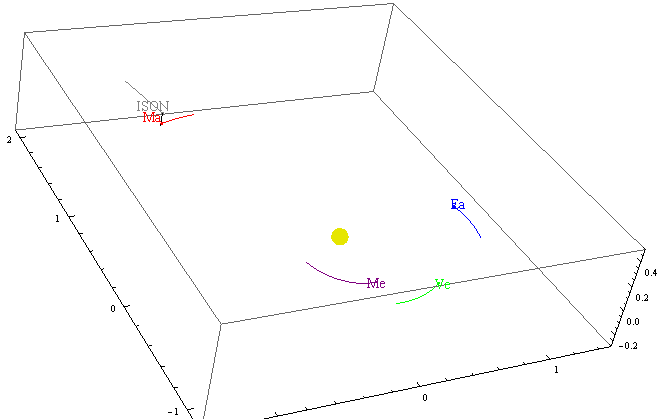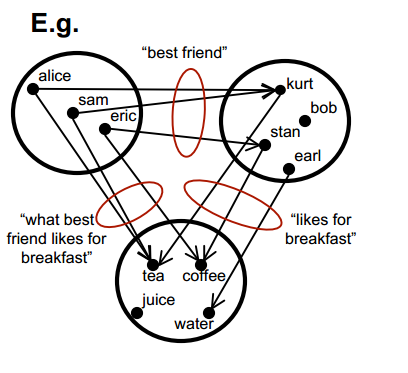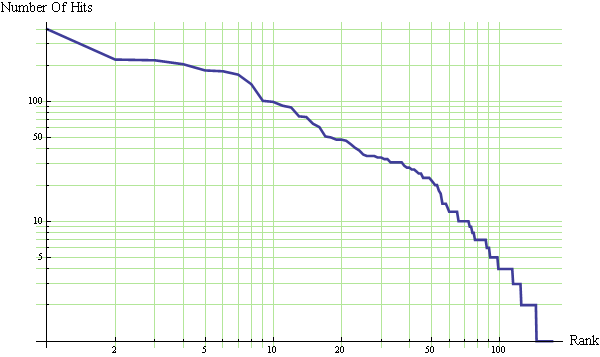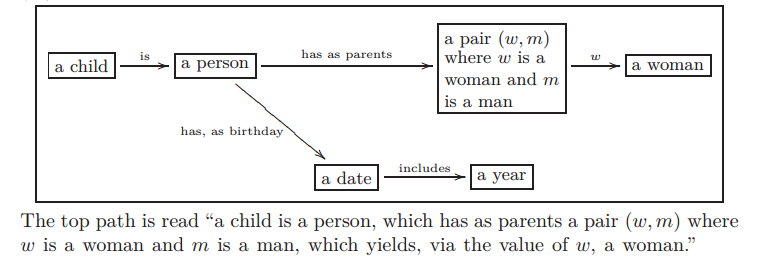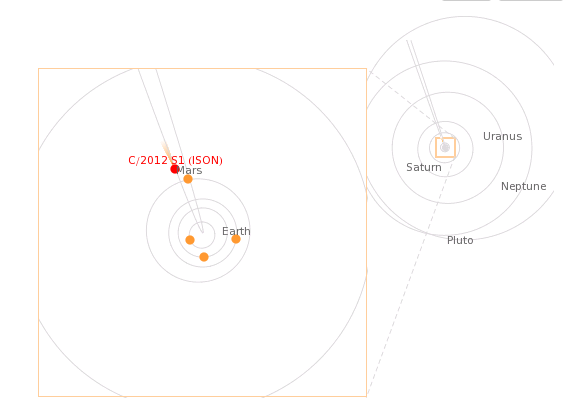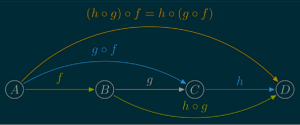Orthogonal functions are very useful and rather easy to use. The most famous ones are sin(n x) and cos(n x) on the interval [$-\pi$, $\pi$]. It is extremely easy to do linear regression with orthogonal functions.
Linear regression involves approximating a known function $f(x)$ as the weighted sum of other functions. This shows up all the time in various disguises in machine learning:
- When using AdaBoosting we perform a weighted sum of weak classifiers.
- Support vector machines find a linear combination of the features that separates the data into two classes.
- Each node in a neural net typically computes a weighted sum of the nodes in the prior layer.
For orthogonal functions, computing the linear regression is simple. Suppose that the features are $f_1, f_2, \ldots, f_n$ and the functions $f_i$ are orthonormal, then the best approximation of the function $g(x)$ is the same as the solution to the linear regression
$$ g(x) \approx \sum_{i=1}^n \alpha_i f_i(x)$$
where $\alpha_i$ is the “inner product” of $f_i$ and $g$ denoted
$\alpha_i= \langle\;g, f_i\rangle = \int g(x) f(x) w(x) dx.$ (Two function are orthogonal if their inner product (or dot product) is zero. The set of orthogonal functions $\{f_i\}$ is called orthonormal if $<f_i, f_i>=1$ for all $i$.) The function $w(x)$ is a positive weight function which is typically just $w(x)=1$.
For example, if we try to approximate the function $g(x)=x^2$ on the interval [-1,1] by combining the features $f_1(x) = 1/\sqrt(2)$ and $f_2(x) = x \sqrt{3 \over 2} $, then
$$ g(x) \approx \sum_{i=1}^n \alpha_i f_i(x)$$
where
$$\alpha_1 = \langle g, f_1\rangle = \int_{-1}^1 g(x) f_1(x) dx = \int_{-1}^1 x^2 1/\sqrt2 dx = \sqrt{2}/3,$$
$$\alpha_2 = \langle g, f_2\rangle = \int_{-1}^1 g(x) f_2(x) dx= \int_{-1}^1 x^2 \sqrt{3/2}\; x dx =0,$$
and the best approximation is then $\sum_{i=1}^n \alpha_i f_i(x) = \alpha_1 f_1(x) = 1/3$.
The other day I needed to do a linear regression and I wanted to use orthogonal functions, so I started by using the trigonometric functions to approximate my function $g(x)$. Using trig functions to approximate another function on a closed interval like [-1,1] is the same as computing the Fourier Series. The resulting approximations were not good enough at x=-1 and x=1, so I wanted to change the weight function $w(x)$. Now assume that $u_1(x), u_2(x), \ldots, u_n(x)$ are orthonormal with the weight function w(x) on [-1,1]. Then
$$ \int_{-1}^1 u_i(x) u_j(x) w(x) dx = \delta_{i,j}$$
where $\delta_{i,j}$ is one if $i=j$ and zero otherwise. If we make a change of variable $x=y(t)$, then
$$ \int_{y^{-1}(-1)}^{y^{-1}(1)} u_i(y(t)) u_j(y(t)) w(y(t)) y'(t) dx = \delta_{i,j}.$$
It would be nice if
$$(1)\quad w(y(t)) y'(t)=1,$$
because then I could just set $u_i(y(t))$ equal to a trig function and the resulting $u_i(x)$ would be orthonormal with respect to the weight function $w(x)$. Condition (1) on $y$ is really an ordinary differential equation
$$y’ = {1\over{w(y)}}.$$
In order to get a better fit at $x=\pm 1$, I tried two weight functions $w(x) = {1\over{(1-x)(1+x)}}$ and $w(x) = {1\over{\sqrt{(1-x)(1+x)}}}$. For the former, the differential equation has solutions that look similar to the hyperbolic tangent function. The latter $w(x)$ yields the nice solution
$$y(t) = \sin( c + t).$$
So now if I choose $c=\pi/2$, then $y(t) = \cos(t)$, $y^{-1}(-1) = \pi$, $y^{-1}(1)=0$, so I need functions that are orthonormal on the interval $[-\pi, 0]$. The functions $\cos(n x)$ are orthogonal on that interval, but I need to divide by $\sqrt{\pi/2}$ to make them orthornormal. So, I set $u_n(y(t)) = \sqrt{2/\pi}\cos(n\;t)$ and now
$$ \int_{-1}^1 {{u_i(x) u_j(x)}\over {\sqrt{(1-x)(1+x)}}} dx = \delta_{i,j}.$$
The $u_n(x)$ functions are orthonormal with respect to the weight $w(x)$ which is exactly what I wanted.
Solving for $u(x)$ yields
$$u_n(x) = \sqrt{2/\pi} \cos( n \;\arccos(x)),$$
$$u_0(x) = \sqrt{2/\pi}, u_1(x) = \sqrt{2/\pi} x,$$
$$u_2(x) = \sqrt{2/\pi}(2x^2-1), u_3(x) = \sqrt{2/\pi}(4x^3-3x),\ldots.$$
If you happen to be an approximation theorist, you would probably notice that these are the Chebyshev polynomials multiplied by $\sqrt{2/\pi}$. I was rather surprised when I stumbled across them, but when I showed this to my friend Ludmil, he assured me that this accidental derivation was obvious. (But still fun  )
)
